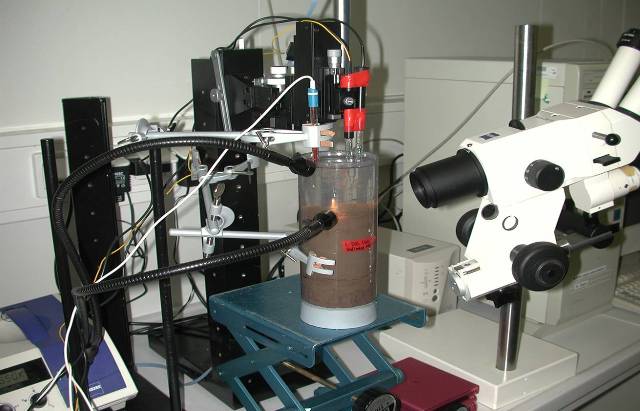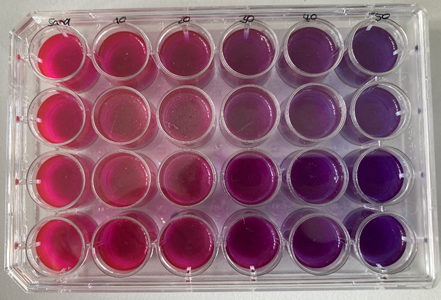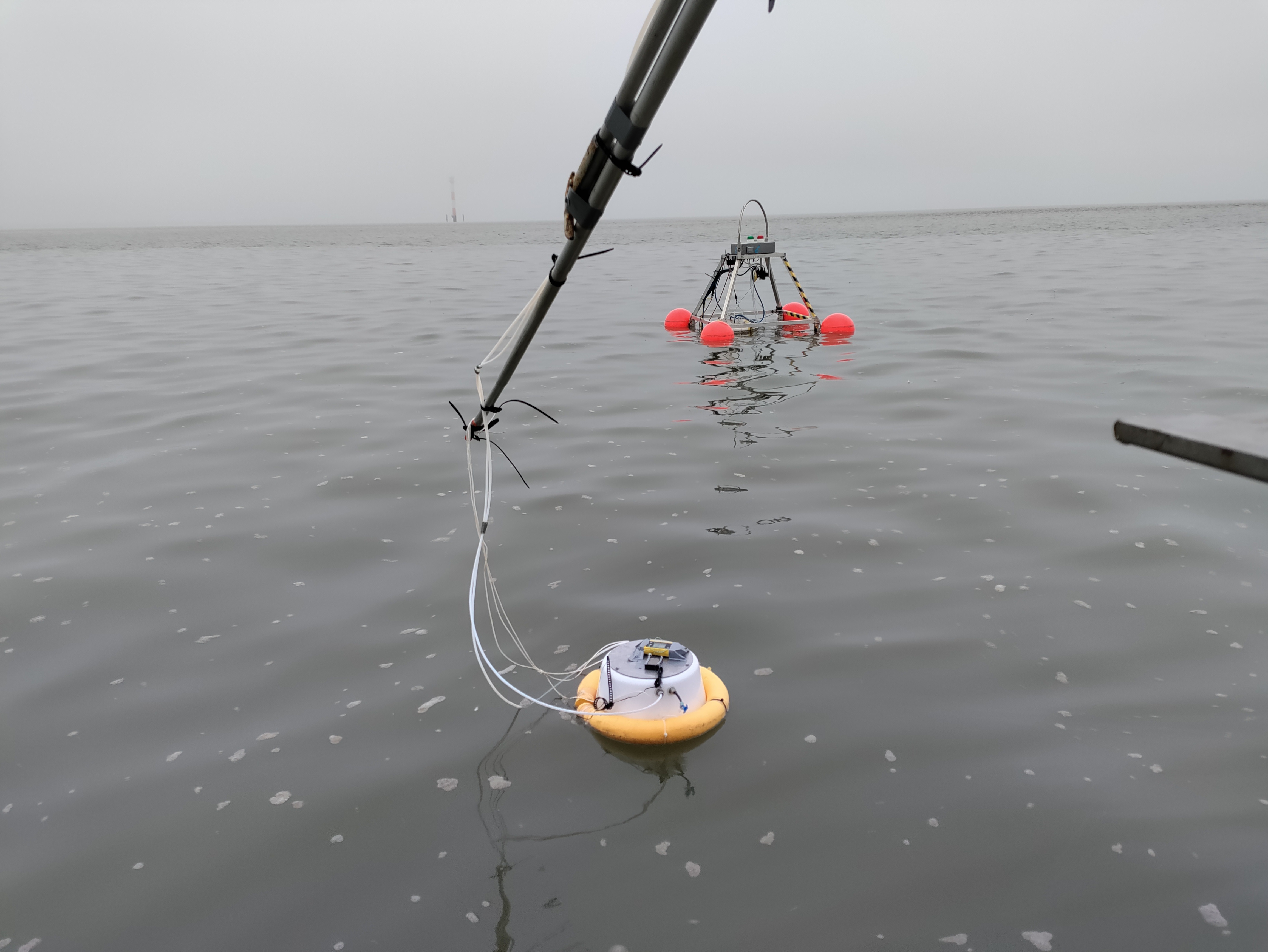Lake Microbiology
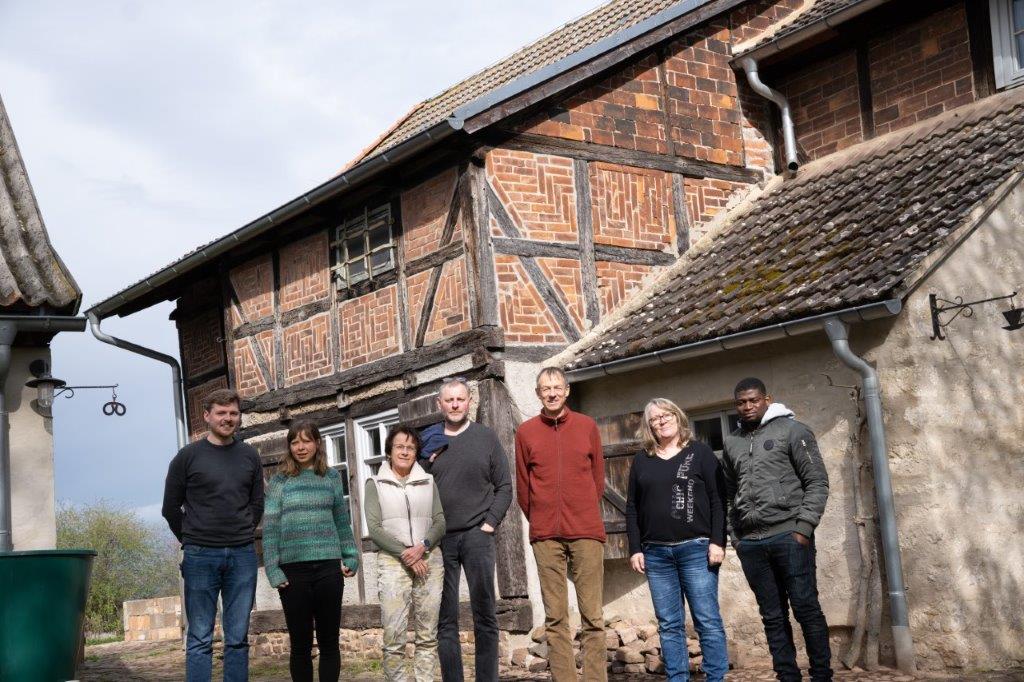
Group Leader:
mibi news






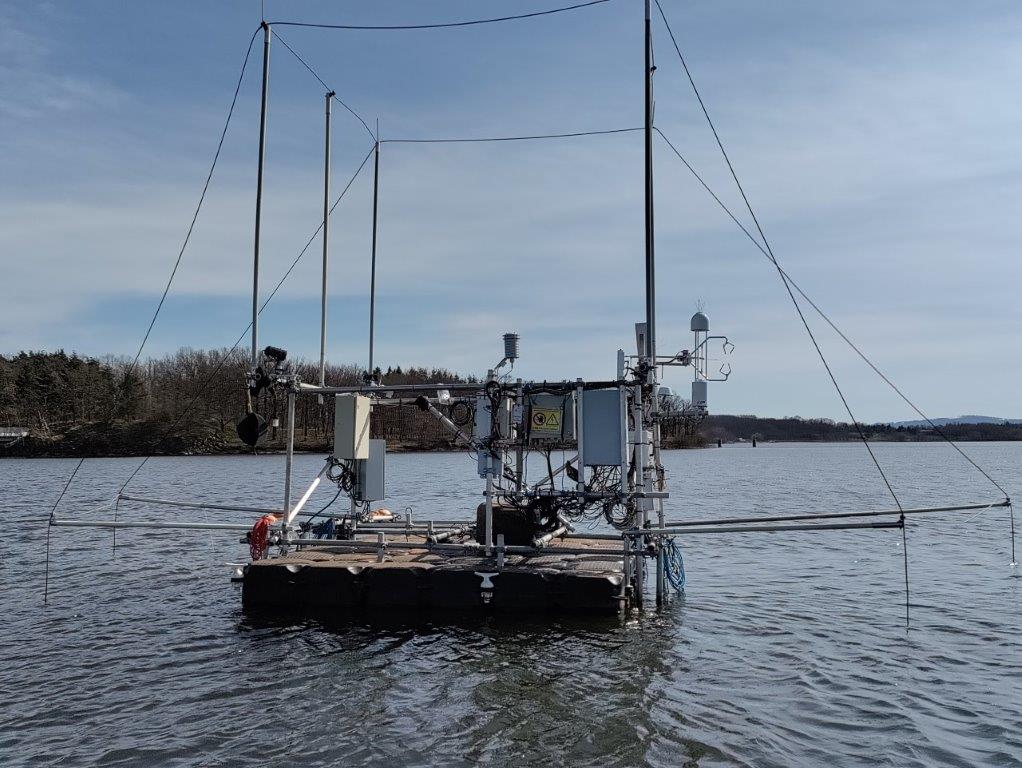


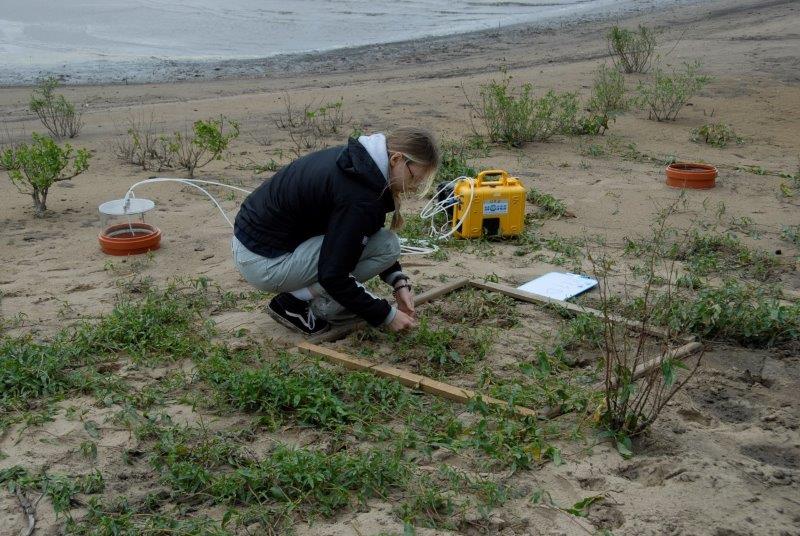
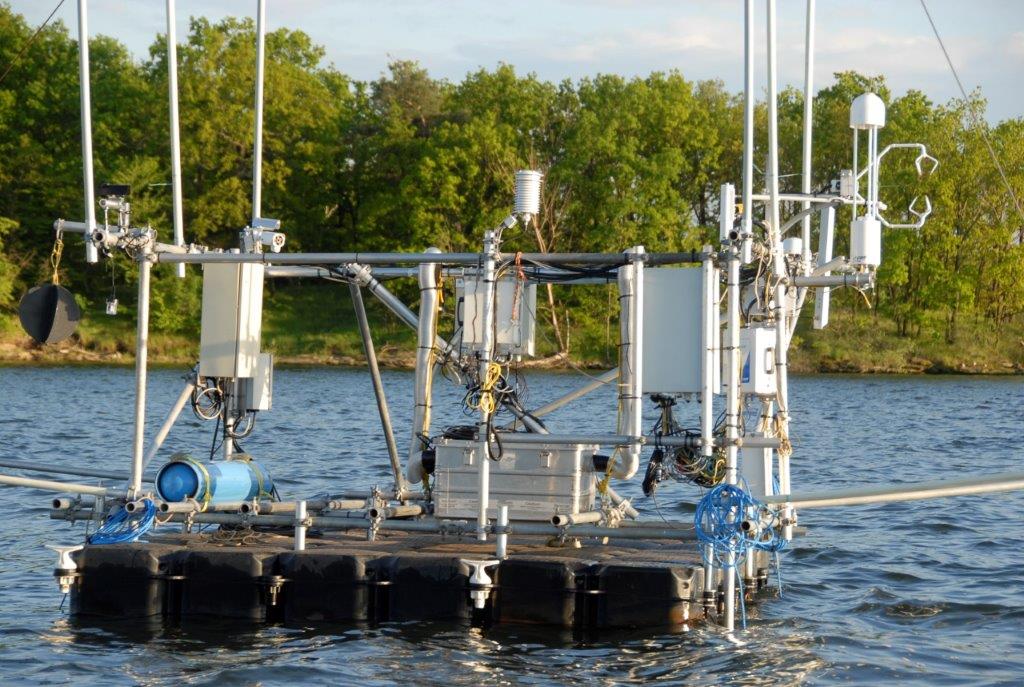

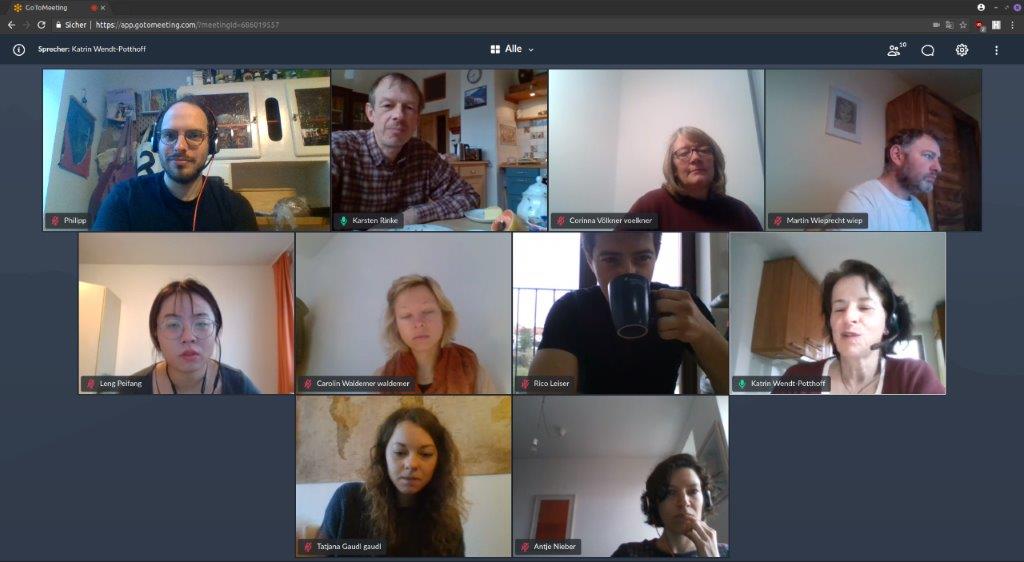
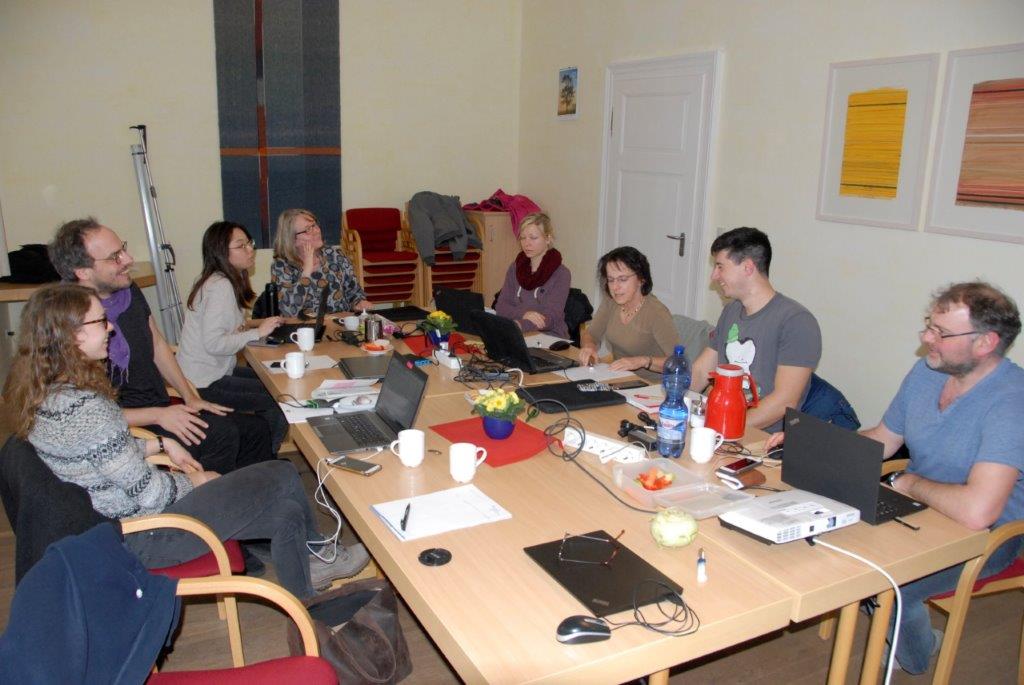
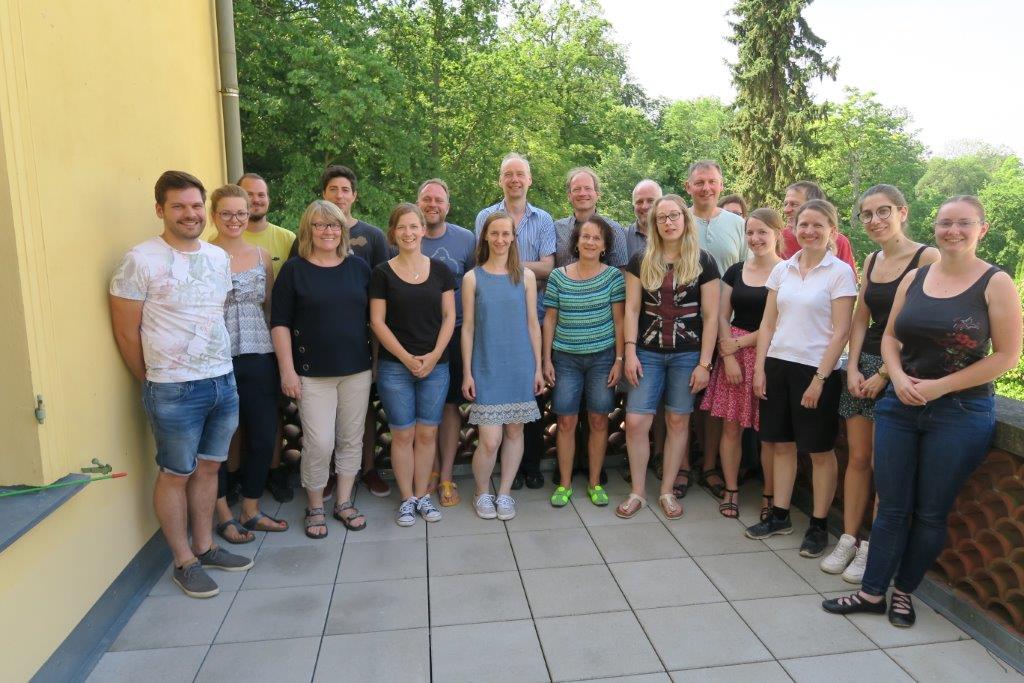

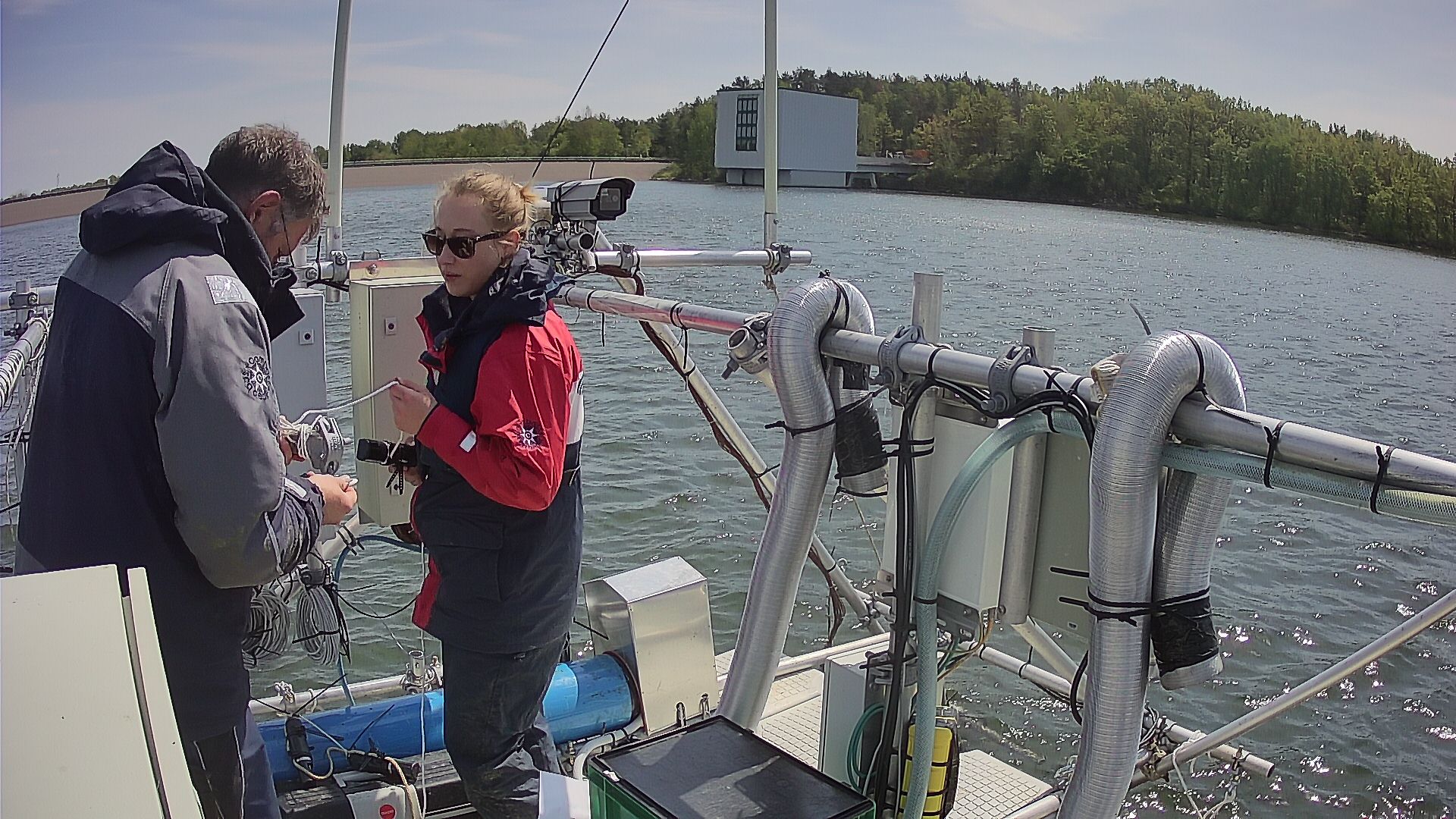
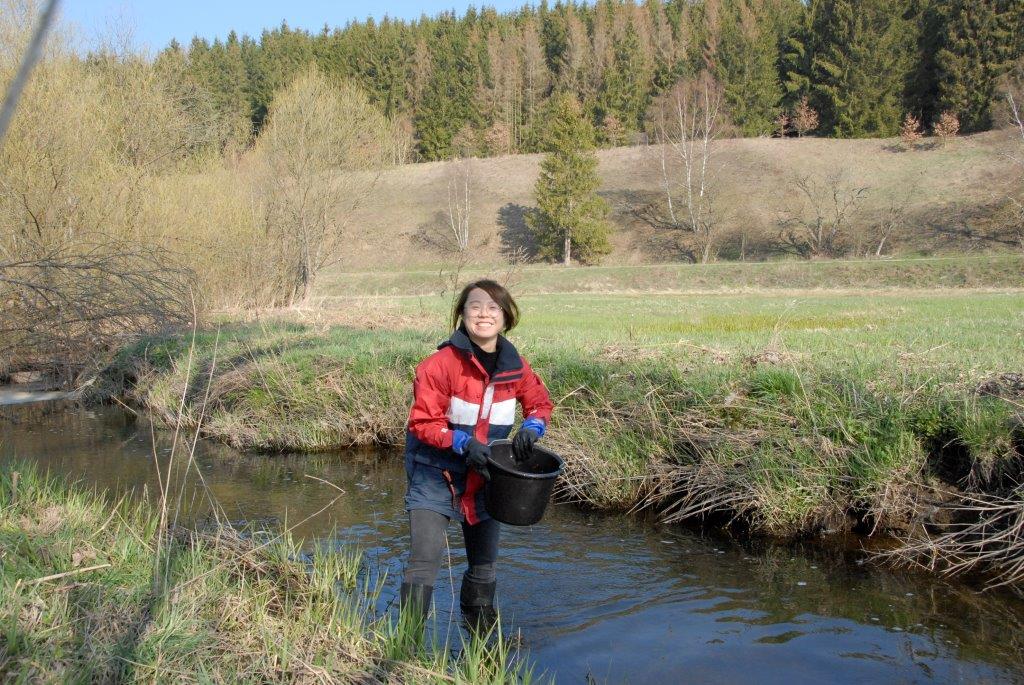
Peifang performed her first sampling at the streams Hassel and 'Rappbode (11.4.19).
The Tregata Platform has been installed at Bautzen Reservoir (3.19)
Mibi Retreat in January in Gernrode
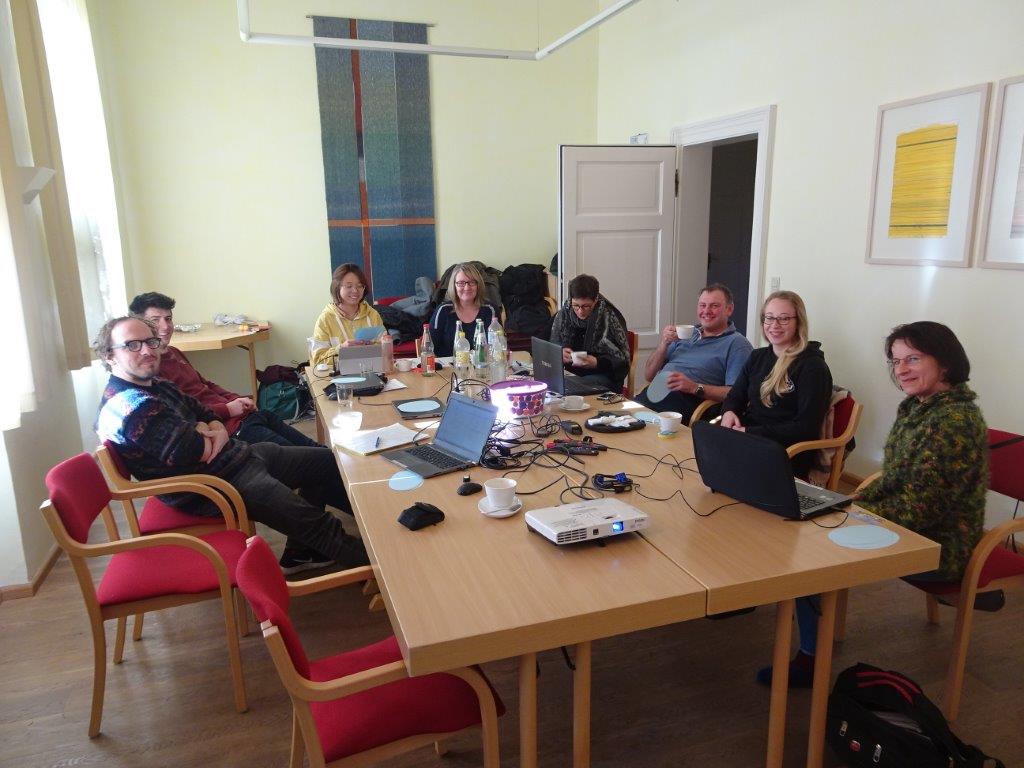
In Ocober 2018 Matthias measured GHG fluxes at Lake Sevan, Armenia.
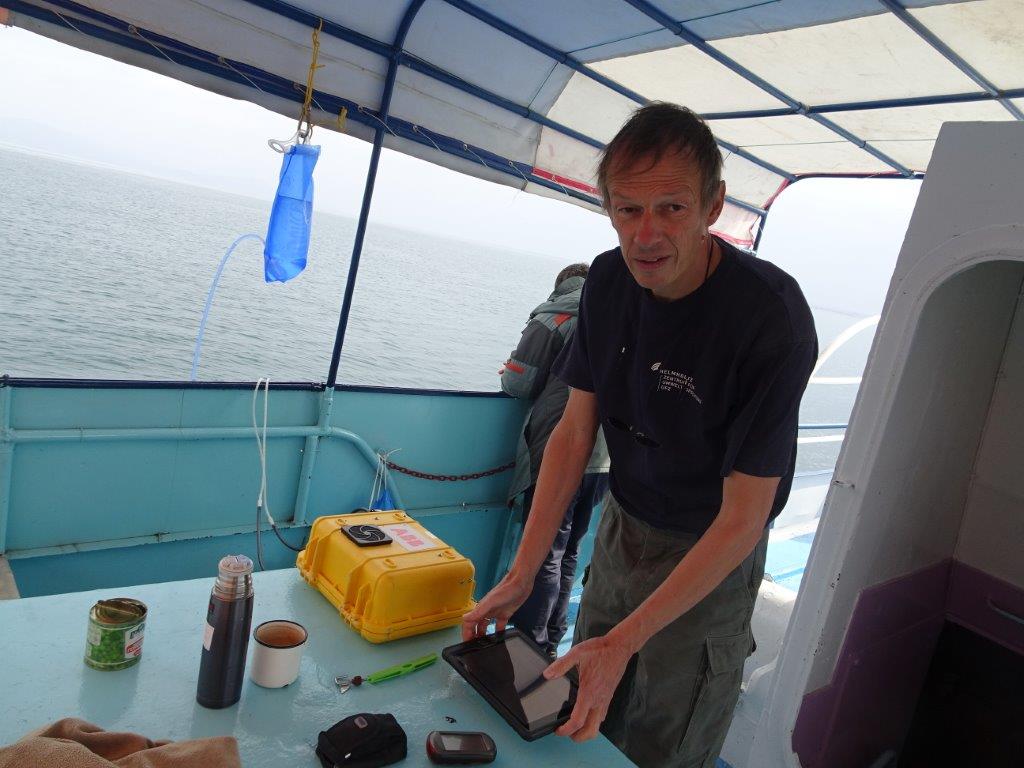 Matthias at Lake Sevan.
Matthias at Lake Sevan.
Recent research highlight
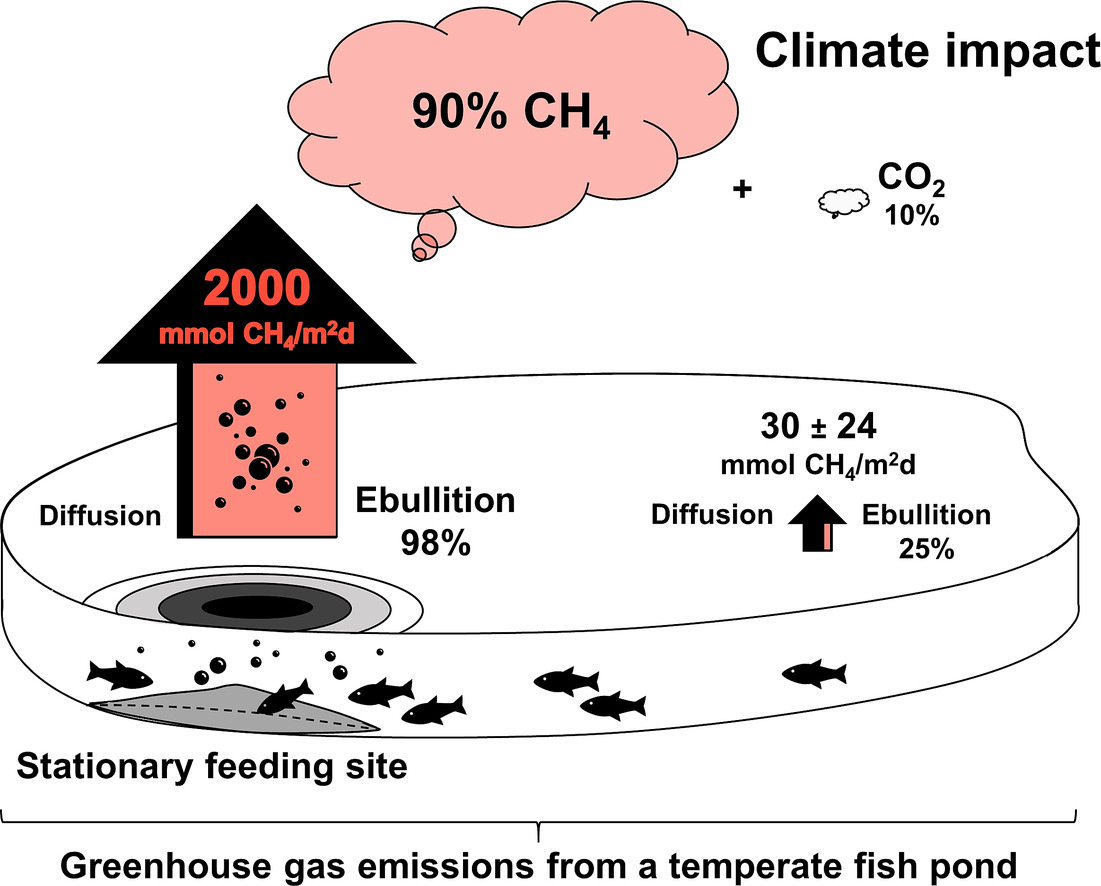
Microbiology of lakes and reservoirs
As a consequence of temporary or permanent stratification and external inputs of nutrients and organic matter, lakes develop redox gradients which are associated with a variety of aerobic and anaerobic microbial metabolic reactions. These gradient-bound reactions are not only of general interest to microbiologists, but provide starting points for management of various water quality problems.
Our current study objects are lakes and reservoirs which are affected by an increasing load of dissolved organic carbon and pit lakes, some of which are meromictic (permanently stratified). Our group studies the microbial reactions of the iron, sulphur, carbon and nitrogen cycles and the organisms involved therein. We also investigate the formation and emission of greenhouse gases (carbon dioxide, methane) from lakes and their temporarily drying shorelines. A recent field of work is microplastics in inland waters, which has received increasing public attention during the last years.
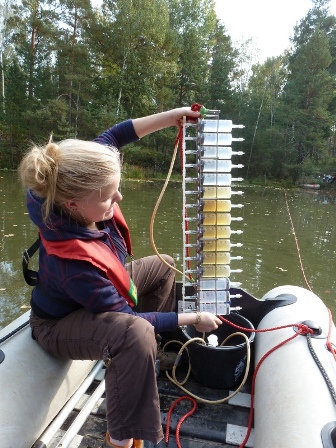
We are especially interested in redox boundaries in standing waters, where a transition from oxic to anoxic conditions takes place. These are found in the sediments and at the sediment-water interface, but also within the water column of stratified lakes (chemocline/redoxcline). The water surface as the interface to the atmosphere is of crucial importance for the exchange of gases and is being studied in the field using floating chambers. Plastic particles in lakes also represent surfaces which we study with respect to the influence of different polymers and typical geochemical situations in lakes on microbial colonization and activity. Regarding sediments, the activity of different physiological groups of microbes and their dependence on biotic and abiotic parameters is studied. We adopt high-resolution methods which allow measurements of microbial activity and associated biogeochemical processes in the sub-millimeter range. To supplement the in situ studies, we also study microbial activities with the aid of controlled microcosm experiments in the laboratory.


